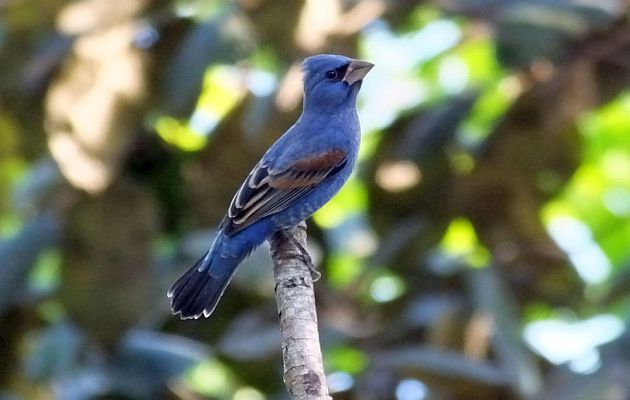
Costa Rica is more than cloud forest with mega worthy quetzals, more than rainforest with fancy Keel-billed Toucans and luscious Green Honeycreepers.
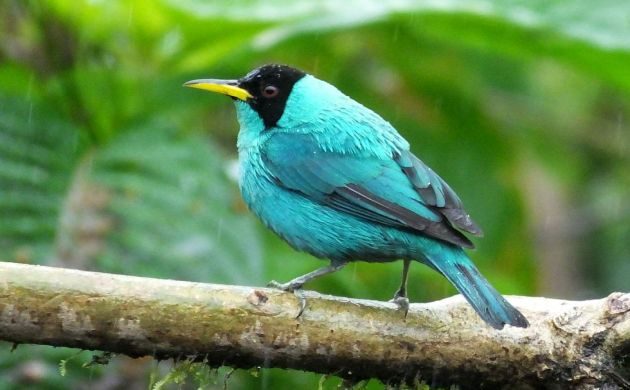
Those are certainly two of several birdy habitats in this bio-wonderland. They are places where we invest most of our birding time and rightly so; mature tropical forests are where we find the highest number of species. Those complex and amazing bio-webs are where the antbirds are, where quail-doves and wood-quails and tinamous lurk. Woodcreepers, puffbirds, and more (oh my!).
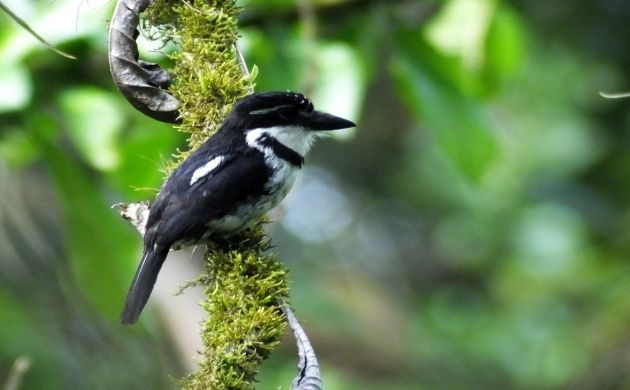
Tropical forest is a must but those mossy green mansions aren’t the only places where birds occur. Additional bird species prefer the sun-drenched vegetation of open fields and other edge habitats. Not a huge number, especially compared to forest communities, but still enough to make the birding in Costa Rica interesting. Such field and edge birding becomes especially fun in urbanized areas.
Living in the crowded Central Valley, my partner Marilen and I are essentially situated in an urban zone. We might have a few small farms nearby and the gift of a narrow riparian zone out back but in general, the main habitat is that of the modern human kind; housing and streets (lamposts included). Even so, by merit of green spaces and gardens, quite a few birds persist.
Two habitats especially fun to bird are brushy fields and coffee farms. Sadly, the demand for housing puts these remnant habitats under extreme pressure. Commonly viewed as worthless, especially any nice “weedy” field, they get eaten away by housing, bit by bit until it’s as if they never existed. We bird them while we can. These are some of the birds we have seen, some of the surprises we have found:
Raptors
Gray Hawk is the standard. Go birding near coffee bushes and open fields and this tropical relative of the Red-shouldered will probably call and fly into view. Keep watching the sky, check a kettle of Black Vultures and you might find a Short-tailed Hawk, way up there, hiding in plain sight.
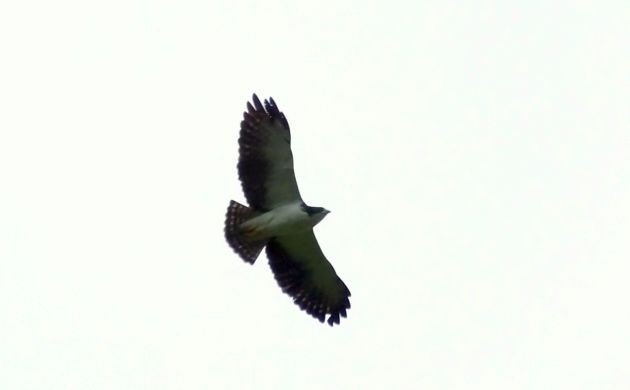
Keep birding in green space and you might hear a Laughing Falcon, might see a White-tailed Kite doing its “Holy Spirit” hovering moves. Bird at night and those same grassy fields could host Striped and Barn Owls. Any big trees nearby? Listen for the subtle notes of Tropical Screech Owl.
Crested Bobwhite and Southern Lapwings
Bobwhites persist. Not many, but judging by the whistling of their name in the neighborhood, small numbers still scratch the ground beneath coffee bushes, still call from brushy fields. Lapwings are more easily seen. Check any large open area and you might see one or two, you are more likely to hear their loud yipping calls as they flap over the urban landscape.
Stripe-headed Sparrow and Other Dry Forest Birds
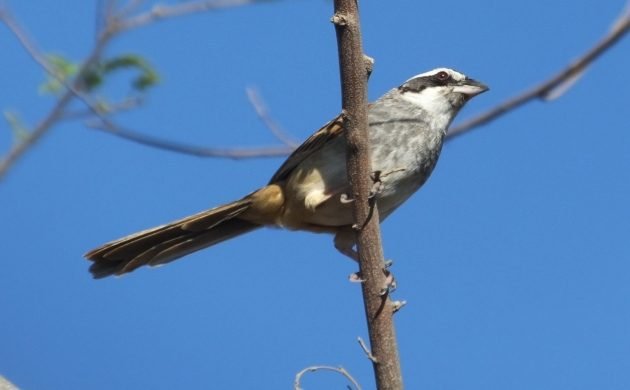
We were surprised to find this dry forest species in one of the better brushy fields near us. Normally found in much drier landscapes at lower elevations, a few of this sparrow somehow found their way to Calle Viquez. These pioneering sparrows share their patch with another dry forest bird, the Lesser Ground-Cuckoo!
Yellow-bellied Seedeater
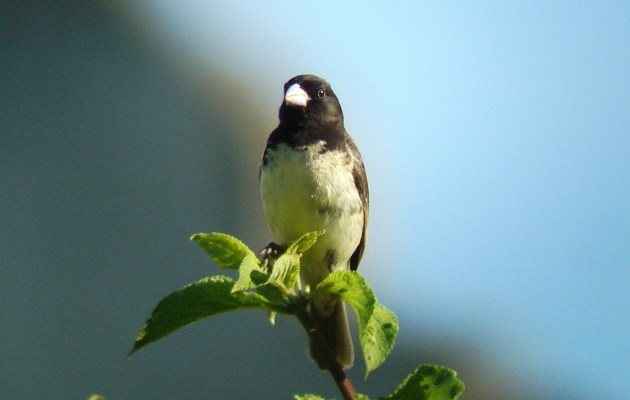
The biggest surprise was Yellow-bellied Seedeater, a bird that seems to be expanding to various parts of Costa Rica. When birding or driving by its preferred tall grass habitat, I have heard its longspurish song in several places including the fields at Calle Viquez.
Painted Buntings, Rose-breasted Grosbeaks, other Wintering Birds
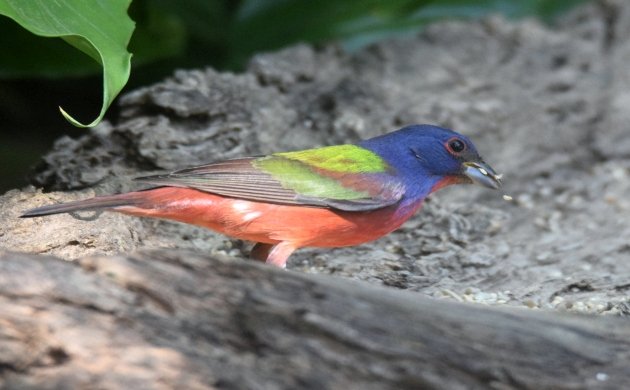
Find a brushy field during the winter months and you might also find these colorful species. Always a sight to behold, the bunting reminds me of seeing its picture as a kid and wondering how it could be real. The grosbeak makes me think of summer deciduous forests in the eastern USA, of maples and ash moving in the breeze and this striking bird singing its drunken robin song. My numerous memories of this beautiful bird bias my perception of it in Costa Rica, make me feel like it’s out of place even though it’s perfectly at home in leftover weedy lots in Heredia and montane gardens. The species has been flying to these green corners for thousands of years.
The grass also hosts many Yellow Warblers, Tennessees can appear too and during migration, Dickcissels can be common.
Warblings of Gray-crowned Yellowthroat and Blue Grosbeak In the Fields
Overgrown fields are also good places to see two similar sounding yet very different birds; Gray-crowned Yellowthroat and Blue Grosbeak. The yellowthroat is larger than the Common. Pish and it will probably perch up and throw its tail back and forth. It takes the place of prinias in Asia, maybe some “warblers” in Europe and Africa.
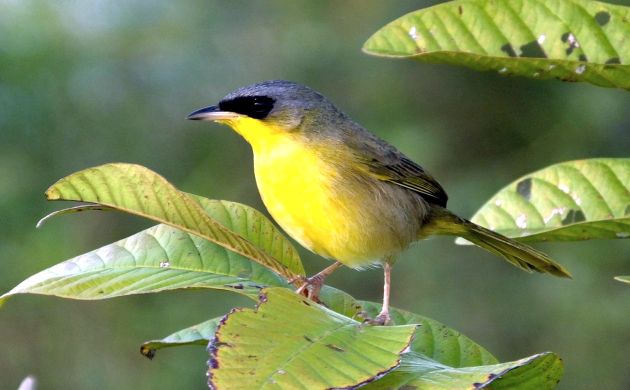
A large bunting in poorly veiled disguise, the male grosbeak is vivid. Based on the number seen in urban zones, they must be doing quite well in Costa Rica. As often as I encounter this beautiful bird, I always take a second look. Growing up in Niagara Falls, NY, this grosbeak was woefully out of range, a bird that lived just a little bit south of my bicycle birding grounds. Being just out of reach turned it into a much wanted species, a bird I couldn’t wait to see. I eventually caught up with it in the normal parts of its range, one of the more memorable being the decidedly non-urban Comanche National Grasslands of eastern Colorado.

While working there on bird projects, several pairs of this beautiful species lived in the bright green grass of a riparian zone tucked into the heart of a small canyon. I used to look over the peaceful canyon stream and imagine Comanche and Cheyenne peoples hearing the ancestors of those same birds 200 years before my time. I look out my door and imagine people in Costa Rica from 200 years ago listening to the voices of the ancestors of the Blue Grosbeak I currently listen to, each break of dawn.
Melodies of Yellow-green Vireos and Whispering Cabanis’s Ground-Sparrow in the Coffee
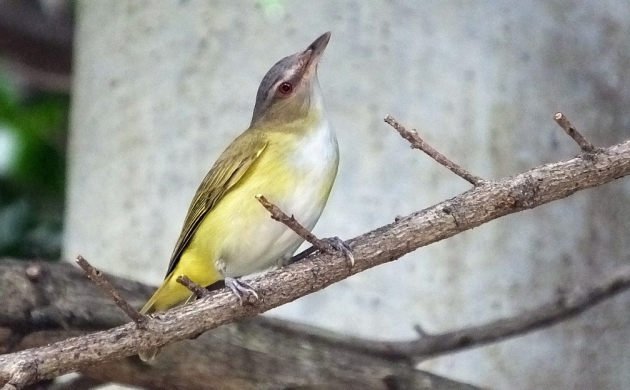
On coffee farms, as long as shade trees are present, Yellow-green Vireos sing. They only visit in the wet season but when they are around, any bit of woods will do. In the Central Valley, the phrases of this little bird are one of the principle avian sounds of the rainy season. Down low, you might hear the Cabanis’s Ground-Sparrow, might notice its inconspicuous ticking calls or simple song. This threatened endemic needs as much green space as we can save, I hope we can give it a little more breathing room.
In these times of environmental crisis, as with every green space, even the overlooked places, even the weedy fields have value. These biological reservoirs can host a surprising amount of life, they also absorb water and help clean the air. For the sake of birds and people, I hope we can keep more of those overlooked habitats around.













Leave a Comment